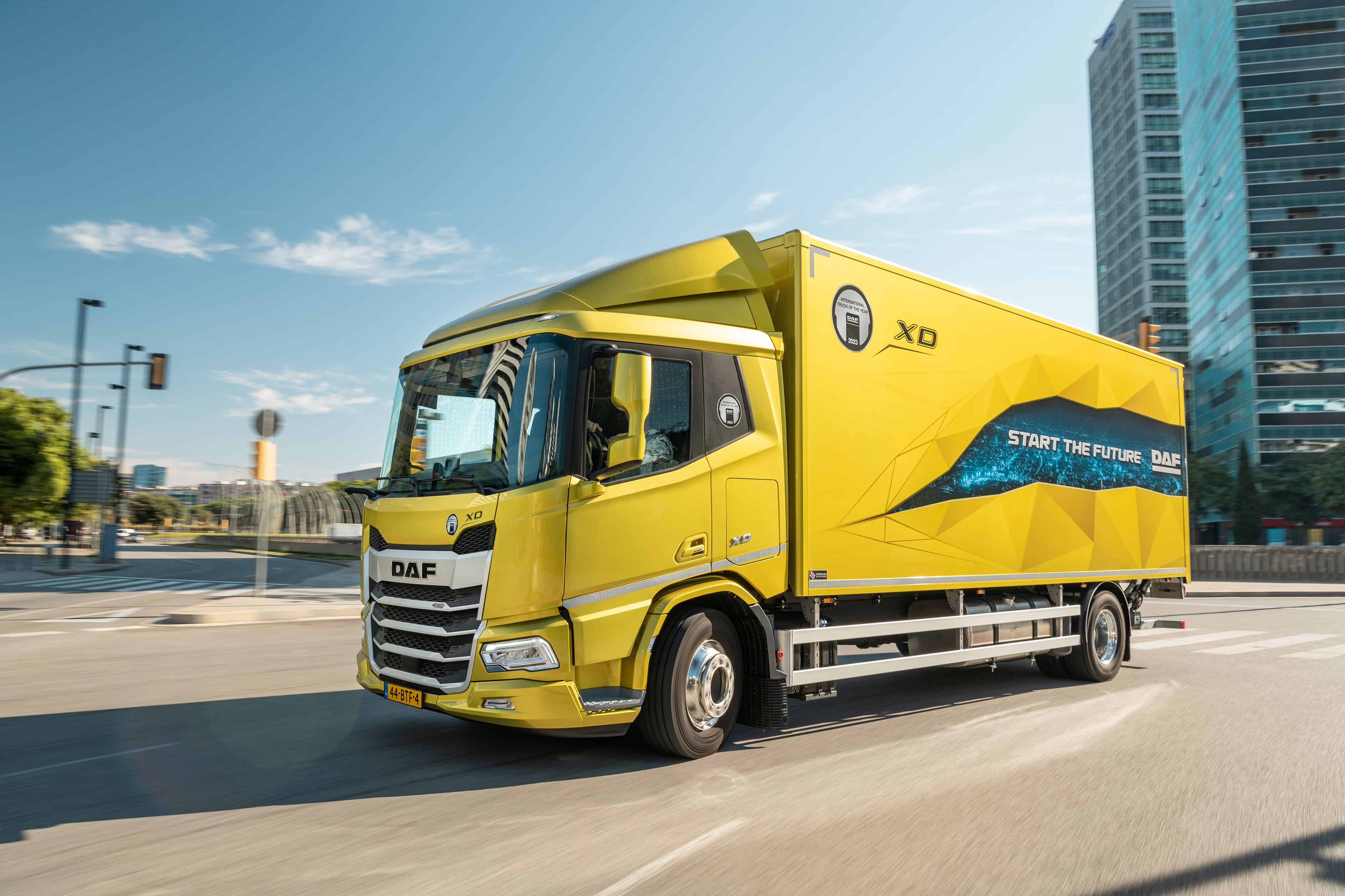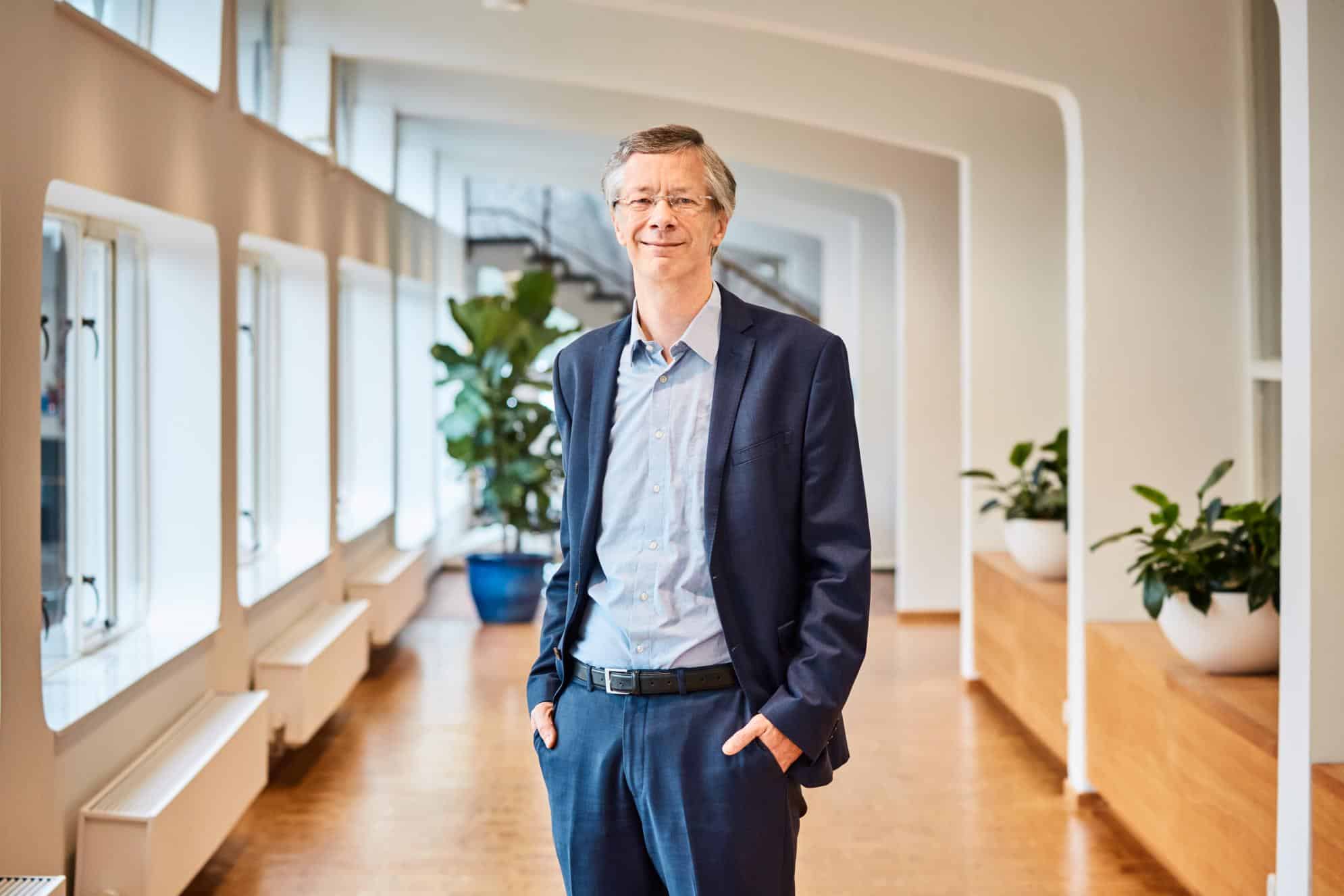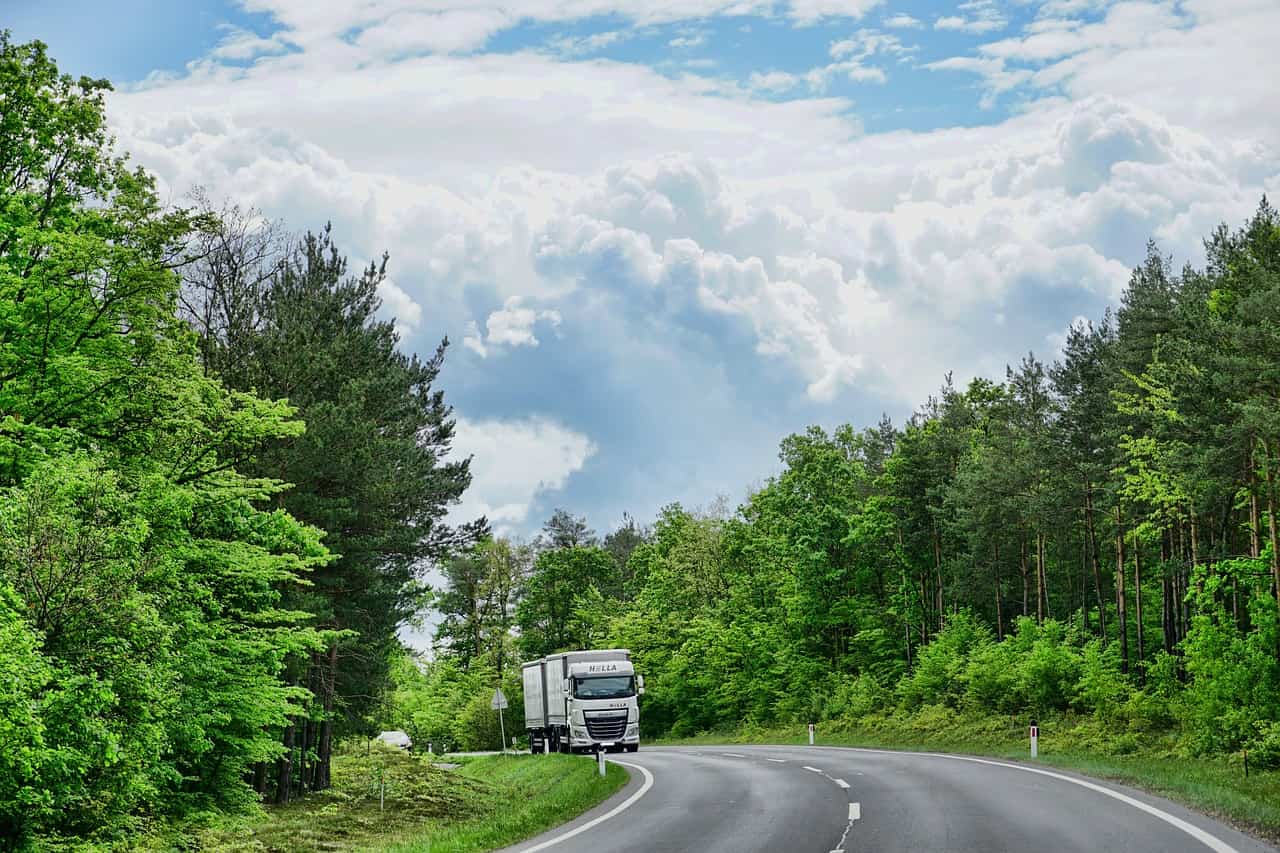
Combustion engines will remain the dominant option for heavy transport, such as ships, trucks and aircraft, for the foreseeable future. Of great importance, therefore, to make such engines more sustainable. At the Zero Emission Lab (ZElab) at Eindhoven University of Technology (TU/e), research into sustainable fuels, such as hydrogen, is currently in full swing.
Why you need to know this:
Combustion engines need to be upgraded to be ready for a green future.
EU legislation requires all new passenger cars to be CO2 emission-free by 2040. Other modalities are also increasingly electrifying. Consider freight transport and buses. However, electric propulsion for heavy freight transport, ships and aircraft is less obvious. We therefore still rely heavily on internal combustion engines. This means that the use of more sustainable fuels should be explored as an alternative to fossil.
The ZELab is a leading international lab at TU/e that focuses on research into zero-impact combustion engines (ICEs). The lab contains engine test cells and state-of-the-art experimental set-ups. Although it is part of the Power & Flow research group, researchers from different sections work together on advanced and clean engines operating on renewable fuels.
Hydrogen for trucks
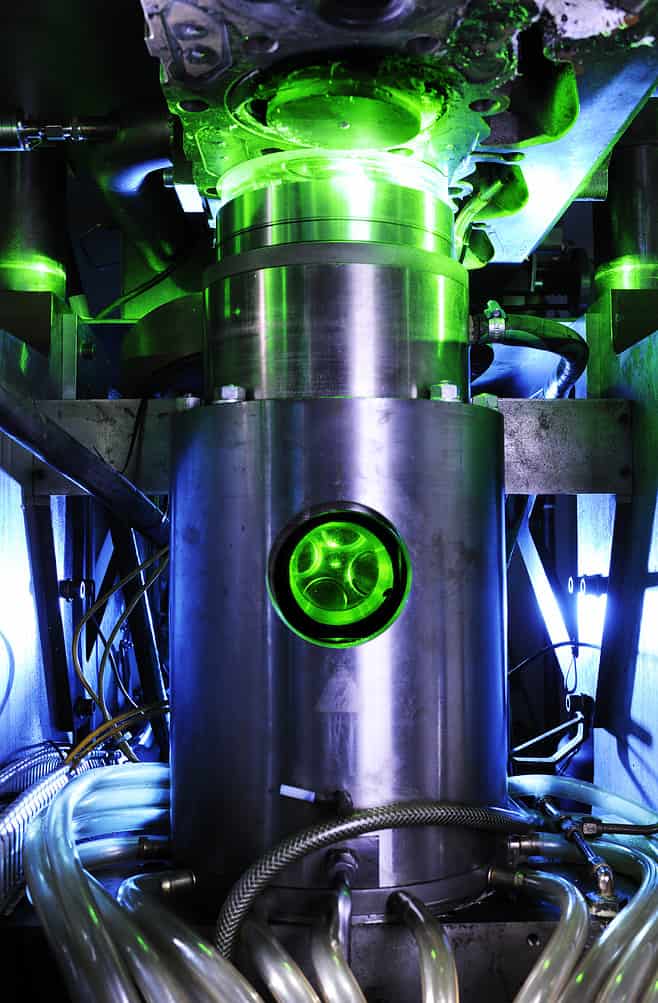
University associate professor Bart Somers: “Hydrogen can be applied in transport in two ways: with a fuel cell and with an engine. Our focus is mainly on the latter. We want to understand the fundamental processes better.” For instance, the researchers are trying to increase the efficiency of such engines while having zero CO₂ emissions.
Hydrogen engines are also being researched at TNO and DAF, Somers explains, but this involves a so-called black box approach. In the lab at TU/e, on the other hand, in-depth research is done. “We literally look inside the engine. In doing so, we use transparent parts and cameras that can capture up to 100,000 frames per second. This is necessary because the processes we study take place in just milliseconds.”
The lab is currently scrutinising the hydrogen engines of DAF trucks, which are currently based on the design of a regular diesel engine. “We are using software to investigate whether there is much benefit to be gained if, for example, the geometry of a regular diesel engine is modified. Think of the piston shape or the shape of the intake ducts.”
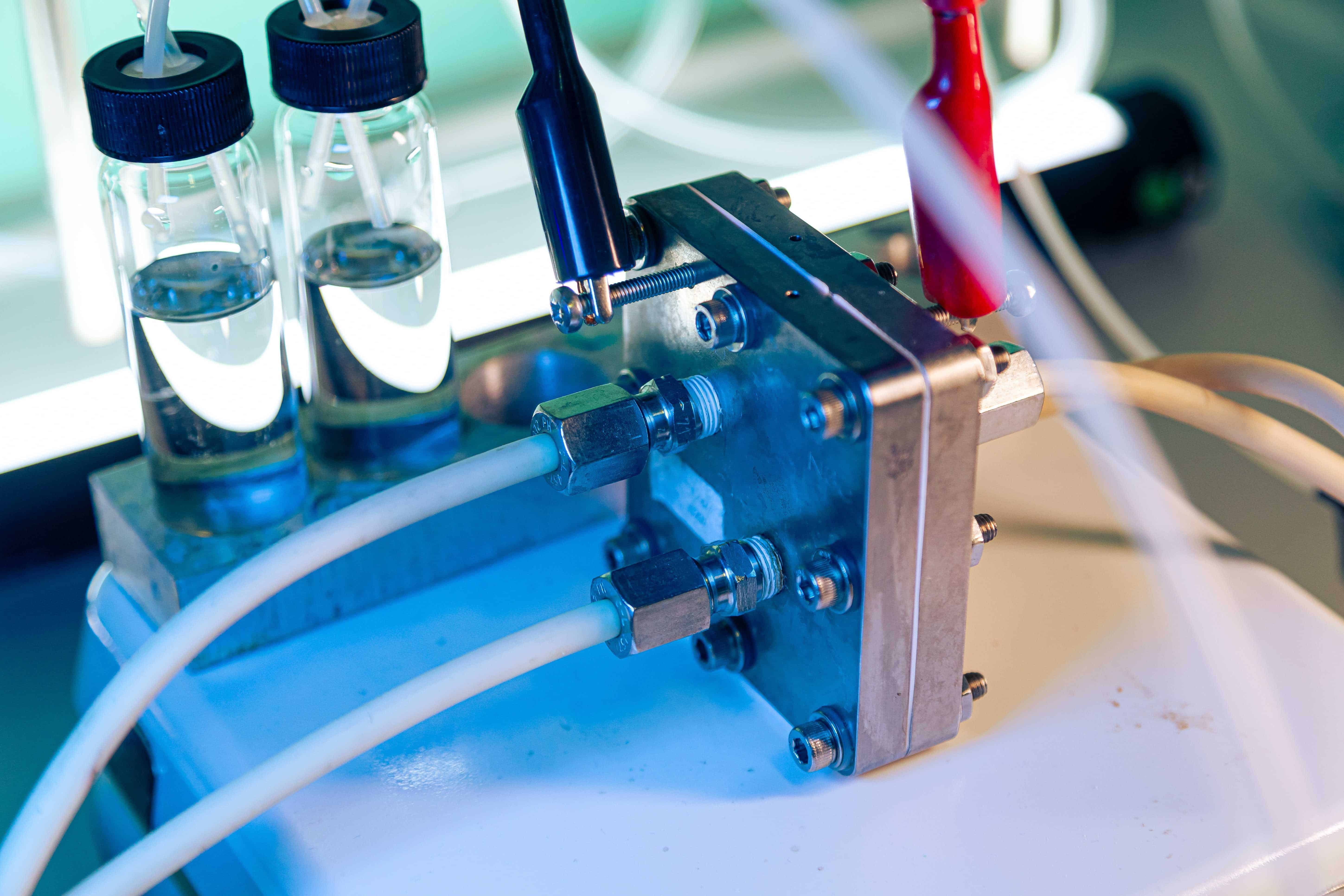
Ammonia for shipping
For cargo ships, ammonia (alongside methanol) is an attractive candidate fuel because of its relatively high energy density compared to hydrogen. This makes it possible to store a large amount of energy in a much smaller volume than is the case with hydrogen, for example. A new project recently started at the ZElab. Ten PhD students are researching ammonia as an alternative to diesel. Many parties are participating in this programme, including the universities of Delft, Eindhoven, Twente, Amsterdam, Groningen and Wageningen, as well as knowledge institutes MARIN, TNO, and others.
Somers explains: “Burning ammonia does not release CO₂. A big advantage of ammonia is that it is already made on a large scale. Among other things, it is a raw material of the fertiliser industry. Moreover, it is a ‘liquid good’; therefore easy to carry around.” Ammonia, by the way, is less suitable for road transport because it is toxic to humans. “You obviously don’t want to risk inhaling toxic substances while refuelling. In shipping, however, there is ‘bunkering’. Professional companies do that handling. That way you can secure safety aspects much easier.”
Before that happens, some important questions need to be answered regarding ammonia as a fuel, such as whether ammonia can be burned fast enough.
After 2040
The world faces enormous challenges when it comes to electrifying trucks, ships and aircrafts. Without a revolutionary breakthrough in battery technology, we won’t get there, Somers concludes. “A Boeing 737 crossing the Atlantic would require huge amounts of batteries. This makes an aircraft so heavy that it becomes impossible, not to mention the challenges of recharging such battery packs. Similar concerns apply to shipping.”
In short, we will continue to rely on combustion engines for the time being. “That is why we are making them as clean and efficient as possible,” Somers said.





